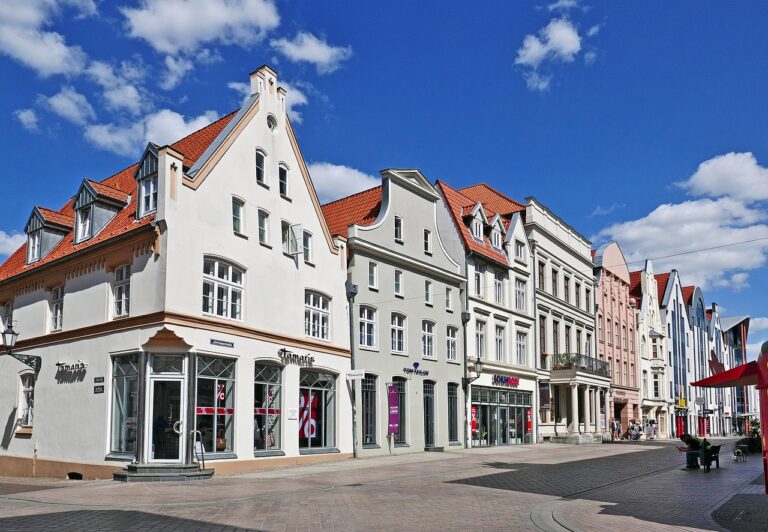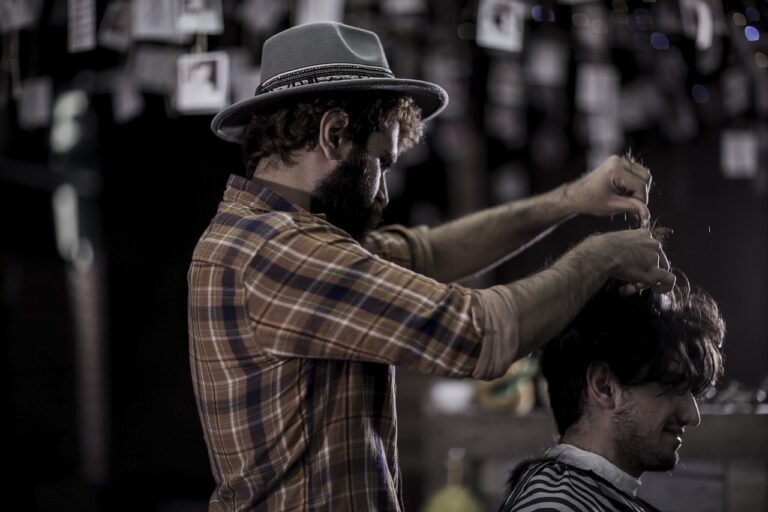Luxury Brand Collaborations: Expanding Market Reach
Luxury brand collaborations offer a unique opportunity for brands to expand their reach and appeal to a broader audience. By partnering with another prestigious brand, companies can tap into their partner’s customer base and gain exposure to new markets. This can help drive sales and increase brand recognition, ultimately leading to a boost in revenue and market share.
Furthermore, luxury brand collaborations allow companies to leverage the expertise and reputation of their collaborators to create innovative and exclusive products that resonate with consumers. These partnerships often result in limited-edition pieces that are highly coveted by customers, creating a sense of exclusivity and luxury that can significantly enhance a brand’s perceived value. Ultimately, luxury brand collaborations can help companies differentiate themselves in a crowded market and strengthen their position as industry leaders.
Examples of Successful Luxury Brand Collaborations
One notable successful luxury brand collaboration is the partnership between Louis Vuitton and Supreme. This collaboration brought together two iconic brands from different worlds, merging high fashion with streetwear seamlessly. The collaboration resulted in a highly coveted collection that appealed to a diverse range of customers, creating a buzz in the fashion industry.
Another successful luxury brand collaboration is the collaboration between Off-White and Nike. This partnership combined Off-White’s avant-garde design aesthetic with Nike’s athletic expertise, resulting in a collection of sneakers that became instant classics. The collaboration’s unique designs and limited availability generated high demand among sneaker enthusiasts, showcasing the power of uniting fashion and sportswear brands.
• The partnership between Balmain and H&M is another example of a successful luxury brand collaboration. This collaboration allowed the high-end fashion house to reach a larger audience through H&M’s global retail presence, while also bringing affordable luxury to consumers. The collection sold out within hours of its release, demonstrating the strong appeal of merging couture with fast fashion.
• A recent successful luxury brand collaboration is the one between Gucci and Disney. This collaboration featured iconic Disney characters reimagined in Gucci’s signature style, creating a whimsical and playful collection that resonated with fans of both brands. The limited-edition pieces quickly became collector’s items, illustrating the success of blending high fashion with pop culture references.
• One more example of a successful luxury brand collaboration is the partnership between Tiffany & Co. and Elsa Peretti. This long-standing collaboration has produced timeless jewelry designs that have become synonymous with elegance and sophistication. The unique aesthetic vision of Elsa Peretti combined with Tiffany & Co.’s heritage resulted in pieces that have stood the test of time, showcasing the enduring appeal of this partnership in the world of luxury jewelry.
Challenges Faced in Luxury Brand Collaborations
Luxury brand collaborations can be an exciting opportunity for brands to expand their reach and appeal to a wider audience. However, one of the main challenges faced in these collaborations is maintaining the integrity and exclusivity of the luxury brand. When partnering with another brand, there is a risk of diluting the luxury image that the brand has worked hard to cultivate over the years.
Another challenge in luxury brand collaborations is ensuring that both brands are aligned in terms of values and target market. It is essential for the collaboration to make sense for both brands and resonate with their respective clientele. If there is a disconnect between the two brands, the collaboration may not be well-received by consumers and could potentially damage the reputation of both brands.
What are some common challenges faced in luxury brand collaborations?
Some common challenges include maintaining brand integrity, aligning brand values, managing creative differences, and ensuring a seamless customer experience.
How can brands overcome the challenge of maintaining brand integrity in collaborations?
Brands can overcome this challenge by clearly defining their brand identity and values, setting guidelines for collaboration projects, and ensuring consistent messaging across all touchpoints.
What are some examples of successful luxury brand collaborations?
Examples of successful collaborations include Louis Vuitton x Supreme, H&M x Balmain, and Nike x Off-White. These collaborations were successful because they aligned with the brand values and resonated with the target audience.
How can brands manage creative differences in collaborations?
Brands can manage creative differences by establishing open communication channels, setting clear expectations, and finding common ground to ensure a successful collaboration.
What is the importance of a seamless customer experience in luxury brand collaborations?
A seamless customer experience is crucial in luxury brand collaborations as it helps build brand loyalty, enhances brand perception, and ensures customer satisfaction. Brands should focus on delivering a consistent and cohesive experience across all touchpoints.







